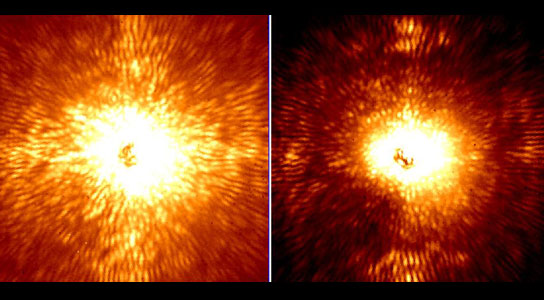
These two images show HD 157728, a nearby star 1.5 times larger than the sun. The star is centered in both images, and its light has been mostly removed by an adaptive optics system and coronagraph belonging to Project 1640, which uses new technology on the Palomar Observatory’s 200-inch Hale telescope near San Diego, California, to spot planets. The remaining starlight leaves a speckled background against which fainter objects cannot be seen. On the left, the image was made without the ultra-precise starlight control that Project 1640 is capable of. On the right, the wavefront sensor was active, and a darker square hole formed in the residual starlight, which will allow objects up to 10 million times fainter than the star to be seen. Images were taken on June 14, 2012. Researchers and engineers behind the project come from the American Museum of Natural History in New York, N.Y., the California Institute of Technology in Pasadena, and NASA’s Jet Propulsion Laboratory, also in Pasadena. Credit: Project 1640
After six years of development, Project 1640 is underway and using new technology on the Palomar Observatory’s 200-inch Hale telescope near San Diego, California to spot planets.
An advanced telescope imaging system that started taking data in June 2012 is the first of its kind capable of spotting planets orbiting suns outside of our solar system. The collaborative set of high-tech instrumentation and software, called Project 1640, is now operating on the Hale telescope at the Palomar Observatory near San Diego, after more than six years of development.
Researchers and engineers behind the project come from the American Museum of Natural History in New York, N.Y., the California Institute of Technology in Pasadena, and NASA’s Jet Propulsion Laboratory, also in Pasadena.
The project’s first images demonstrate a new technique that creates extremely precise “dark holes” around stars of interest. These dark holes allow researchers to spot planets.
“The more we learn about them, the more we realize how vastly different planetary systems can be from our own,” said Gautam Vasisht of JPL. “All indications point to a tremendous diversity of planetary systems, far beyond what was imagined just 10 years ago. We are on the verge of an incredibly rich new field.”
Funding for Project 1640 is from NASA, the National Science Foundation, JPL and Caltech Optical Observatories internal development funds, the Defense University Research Instrumentation Program, The Plymouth Foundation, Ron and Glo Helin, and Hilary and Ethel Lipsitz.
Read the full news release from the American Museum of Natural History at http://www.amnh.org/science/papers/starlight.php.
JPL is managed by Caltech for NASA.

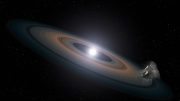
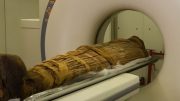

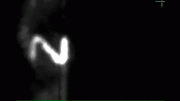

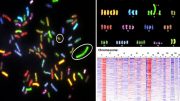
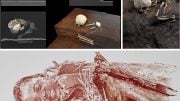

Be the first to comment on "First Images From Project 1640"